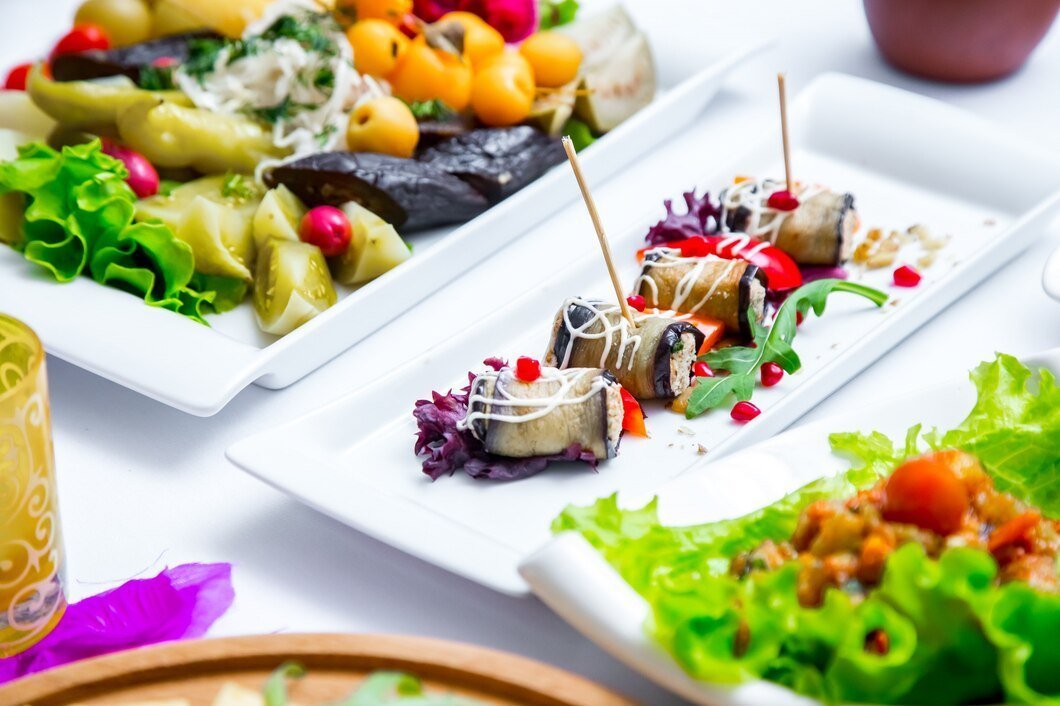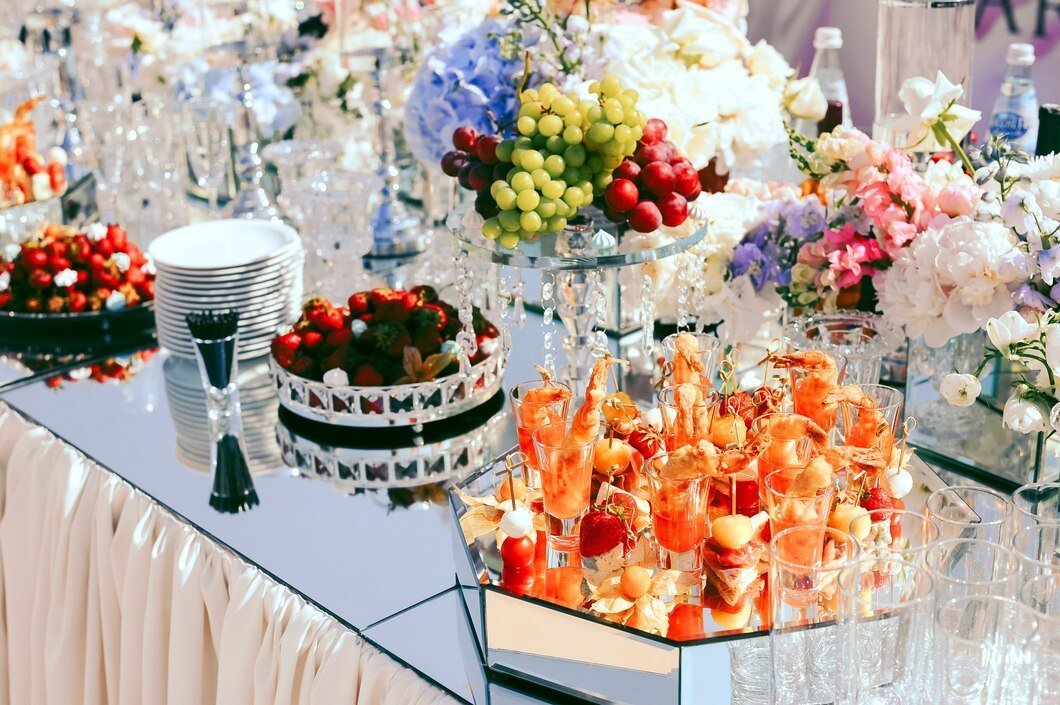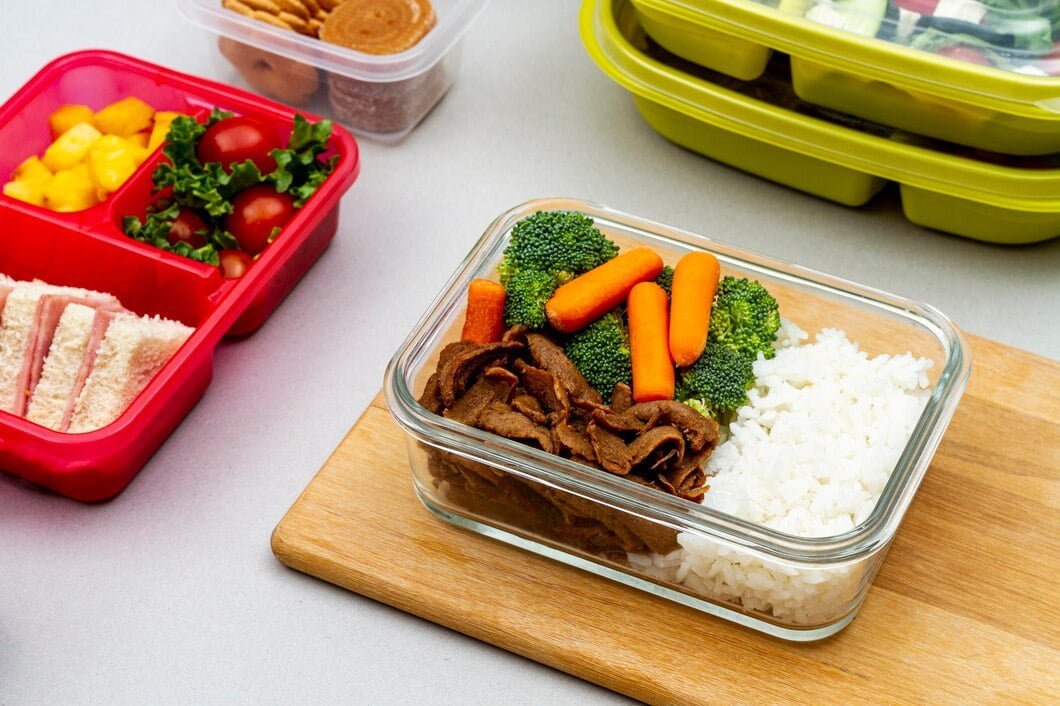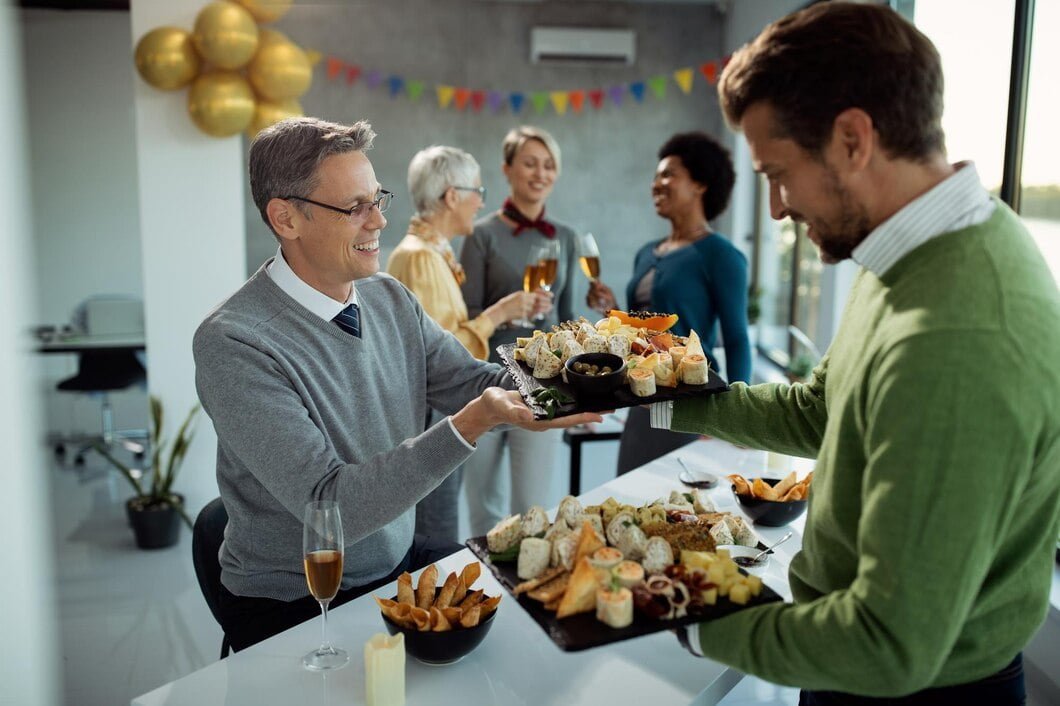Afternoon Tea Rules: 10 Tips To Make It Memorable
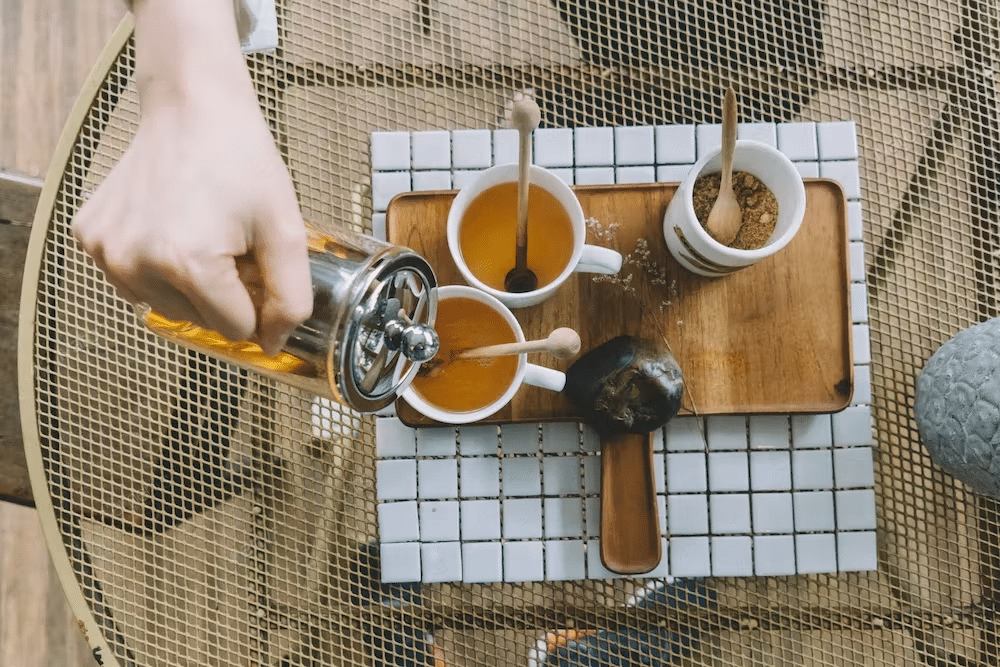
Tea has been a treasured ritual since its discovery centuries ago. Whether you’re an avid tea lover or a novice looking to try it out, afternoon tea is the perfect opportunity to savour the beverage in style — and with the right etiquette. From not calling it ‘high tea‘ to keeping your hands off the cup, there are ten essential rules for having afternoon tea that you should know. So if you’re ready to steep yourself in the timeless tea-drinking tradition, let’s get started!
1. Don't Call It High Tea
Although “high tea” is often used interchangeably with afternoon tea, it is an informal meal consisting of substantial dishes like meat and potatoes. To prevent any confusion, be sure to call the event “afternoon tea” or simply “tea” when inviting guests. Afternoon tea usually starts around 3 p.m., with a light selection of food, such as crustless sandwiches, scones, and desserts, served alongside cups of hot tea.
Proper etiquette should also be observed during an afternoon tea gathering; start by serving all guests their tea before taking yours and sipping small amounts at a time. When eating, avoid gorging on too much food and pass any plates being shared around the table in a clockwise direction. For a truly refined experience, avoid cradling your teacup while talking and instead keep your pinky finger outstretched when lifting the cup to take a sip.
2. The Saucer Stays On The Table
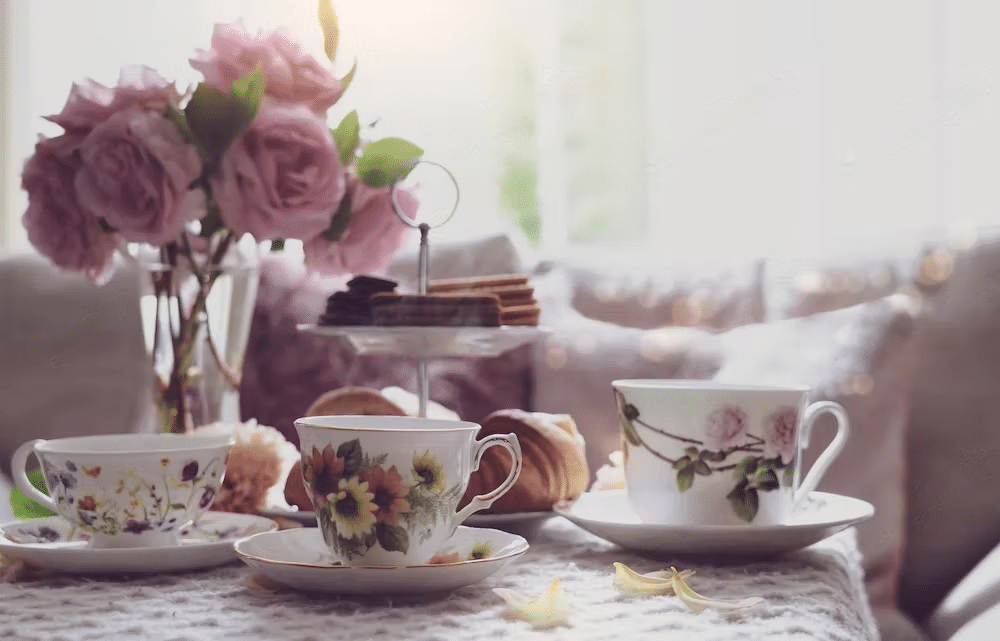
The saucer is an important part of the afternoon tea experience, and its placement should be observed during the gathering. The saucer should remain on the table at all times, except if you are standing or sitting with no table in front of you. In this case, it is acceptable to hold your saucer and teacup together as long as your pinky finger is still outstretched when lifting the cup to take a sip.
During the conversation, do not cradle either the teacup or the saucer in your hands; instead, keep both items on the table while talking and only lift them while taking a sip of your drink. This will help keep your drink hot while maintaining proper etiquette throughout the event.
3. Don't Wrap Your Hands Around The Cup
It is important not to wrap your hands around the cup when having afternoon tea, as this can lead to it cooling down quickly. Instead, use your fingertips to hold the cup in place and lift it from the saucer.
If you are holding a cup with a handle, pinch the handle between your thumb and index finger and support the bottom of the cup with your middle finger. This allows for easy manoeuvrability without compromising on proper etiquette for enjoying afternoon tea.
4. Mind Where The Handle Points
When sipping tea, it is important to mind where the handle of your cup points. This is especially true when in polite company and partaking in afternoon tea. Generally, the handle should be pointing at three o’clock unless you are left-handed; if so, it should be at nine.
By ensuring that the handle stays in this position, you will be able to maintain a proper level of etiquette while drinking your tea. Additionally, by avoiding wild gesticulating movements with your cup or saucer while talking, you can avoid spilling your drink and embarrassing yourself or those around you.
5. Don't Overstir
When making a cup of tea, it is important to stir it correctly in order to avoid over-stirring. Over-stirring can cause the tea to become bitter and also create unwanted sediment at the bottom of your cup. To prevent this, never create a whirlpool when stirring your tea (either clockwise or counterclockwise).
Instead, stir your tea from 12 o’clock to 6 o’clock until all the ingredients are evenly distributed throughout the cup. Once you have finished stirring, wait for any excess foam or bubbles to settle before drinking.
6. First Tea, Then Milk
When making a cup of tea, it is important to add the ingredients in the correct order. This ensures that all the flavours are optimised and blended correctly. The first step is to pour hot liquid into the cup, such as water or milk. It is important not to use boiling water as this can make your tea too strong and bitter. Next, add your desired tea leaves or teabag before stirring until everything is dissolved.
Finally, add the cold milk after you have finished stirring. Adding the cold milk after stirring helps preserve the flavour of your tea instead of adding it before stirring, which can reduce its taste. When pouring in the milk, start by adding a small amount at a time and then continue to add more until you have reached your desired level of creaminess. Remember not to over-stir again once you have added the milk, as this will cool down your drink quickly and reduce its flavour!
7. Don't Expect A Tea Bag
When attending afternoon tea at the palace, it is important to remember that you won’t find a tea bag in sight. Tea bags are not appropriate for formal tea gatherings and are usually only served in more casual settings. Instead, loose-leaf tea is used which must be brewed in a teapot. When pouring the tea from the pot, always use a strainer over your cup to ensure all leaves are removed before drinking.
Once poured, add your desired amount of hot water or milk into your cup before stirring until everything has dissolved. Finally, add cold milk after stirring to preserve its flavour. Adding too much milk before stirring can reduce its taste, so it is best to start with a small amount and then gradually increase as desired.
8. Keep The Set Together
When it comes to proper etiquette for afternoon tea, it is important to keep the set together. This means that when pouring tea for yourself or someone else, always use a saucer and teacup. The saucer should be held underneath the cup at all times and then passed to the person who requested it.
It is also important to never mix up different sets of cups and saucers, as this can be considered rude in some settings. Additionally, before drinking from your cup, make sure you stir it first with your teaspoon so that the milk or cream blends properly with the tea.
9. Eat Your Food In The Proper Order
When it comes to enjoying afternoon tea, the proper order of eating your food is key. The correct order is savoury to sweet: sandwiches first, then scones, and sweets last. This ensures that the flavours don’t get muddled together. Additionally, you should use your fingers when eating all three courses.
When it comes to the scones, break them in half with your fingers before adding any toppings such as clotted cream or jam. Finally, end your meal with sweets such as cakes or macarons.
10. Never Put Your Pinkie Out
When it comes to high tea etiquette, there is one rule that you should never forget: never put your pinkie out! Although some may think extending their pinkie finger while sipping their tea may show sophistication, this gesture is considered rude.
Even if you are drinking from a cup and saucer, the proper way to hold your cup of tea is in both hands, with your palms facing up towards the ceiling. Keeping all four fingers together ensures that you can maintain a steady grip on the teacup without spilling any of the precious liquid. This simple gesture will ensure that you are practising proper etiquette during your tea time!
Conclusion
Now, you know how to go about your afternoon tea parties! By following these simple rules, you can have an enjoyable experience full of good conversation and great-tasting drinks. Ensure your afternoon tea experience is as enjoyable as possible!
FAQs
What is a typical afternoon tea menu?
There aren’t any rules when it comes to the food, but a standard afternoon tea menu comprises a tier of sandwiches, a tier of cakes and one of scones or teacakes. But you could also throw in pastries, petits-fours or biscuits.
What do ladies wear to afternoon tea?
Most afternoon tea venues have a relaxed, smart/casual dress code, so there are many different ways you can dress for afternoon tea. You could opt for a relaxed and easy look with a dress or skirt and shirt combination, or you can go slightly more formal with a trouser-suit look.
What vegetables for afternoon tea?
Some typical fruits and vegetables usually present at an afternoon tea party include strawberries, raspberries, other berries, cucumber slices, pickles, carrots, and cherry tomatoes.



